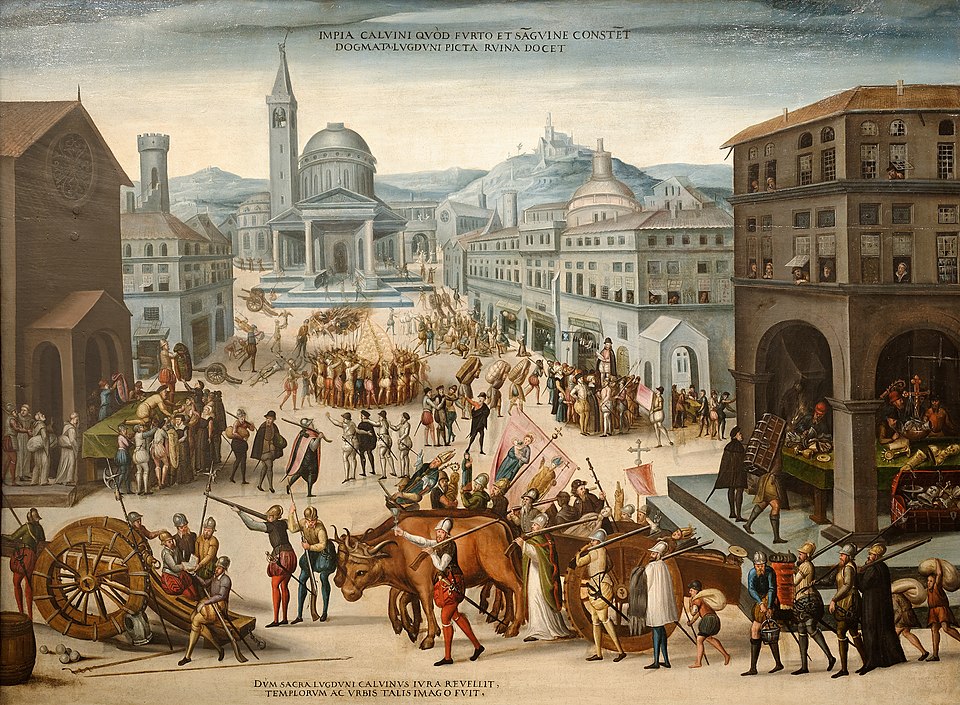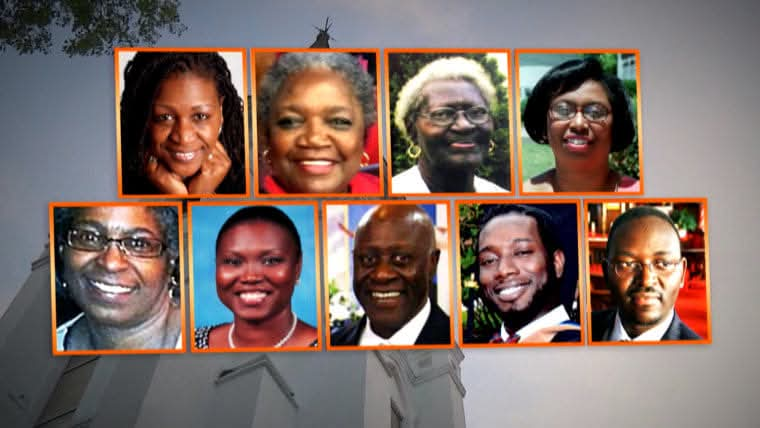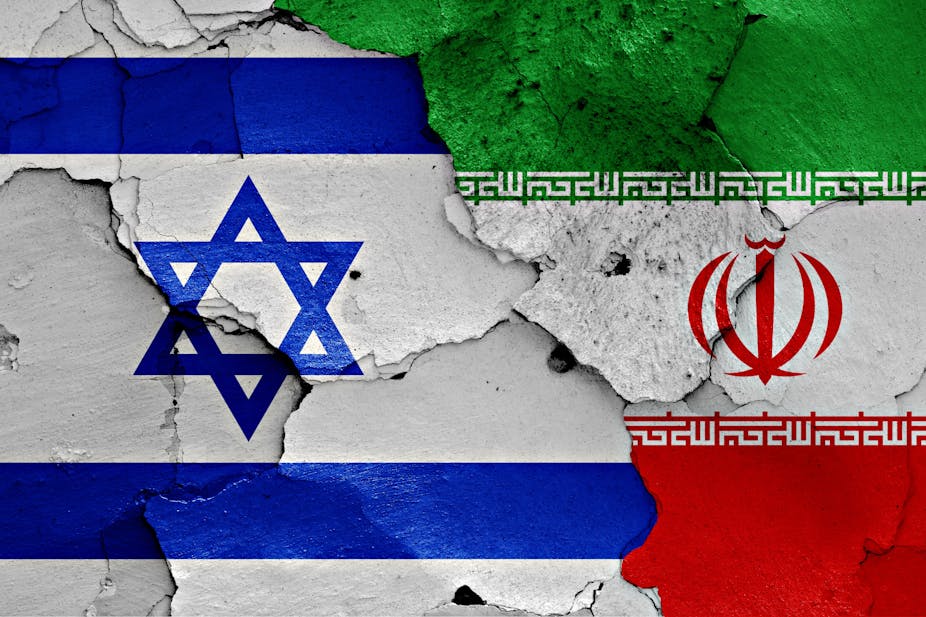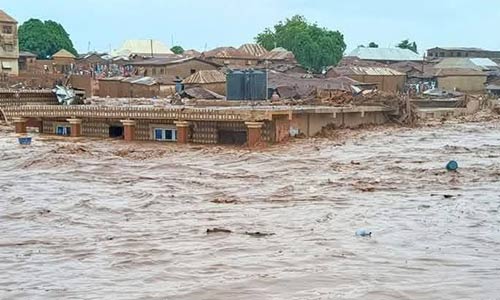FRENCH WARS OF RELIGION: The Civil War Between Catholics and Protestants in France

Did you know that the French Wars of Religion were a series of wars between Catholics and Protestants from which roughly 30,000 people were massacred?
The French Wars of Religion were a series of civil wars between French Catholics and Protestants (then called Huguenots) which were fought from 1562 to 1598 and that resulted to between two and four million deaths from violence, famine or disease directly caused by the conflict, that severely damaged the power of the French monarchy.
Tensions between the two religions had been building since the 1530s, exacerbating existing regional divisions, and quests for power among the nobles. The sudden accidental death of Henry II of France in July 1559 initiated a prolonged struggle for power between his widow Catherine de' Medici and powerful nobles.
These struggles included a fervently Catholic faction led by the Guise and Montmorency families, and Protestants headed by the House of Condé and the Navarrese queen, Jeanne d'Albret. Both sides received assistance from external powers, with Spain and Savoy supporting the Catholics, and England and the Dutch Republic backing the Protestants.
Moderates, also known as Politiques, hoped to maintain order by centralising power and making concessions to Huguenots, rather than the policies of repression pursued by Henry II and his father Francis I. The Politiques were initially supported by Catherine de' Medici, whose January 1562 Edict of Saint-Germain was strongly opposed by the Guise faction and led to an outbreak of widespread fighting in March.
In the French Wars of Religion, one of its most notorious episodes was the St. Bartholomew's Day massacre in 1572. The 1572 St. Bartholomew's Day massacre in Paris resulted in Catholic mobs killing between 5,000 and 30,000 Protestants throughout France.
Traditionally believed to have been instigated by Queen Catherine de' Medici, the mother of King Charles IX, the massacre started a few days after the marriage on 18 August of the king's sister Margaret to the Protestant King Henry III of Navarre. Many of the wealthiest and most prominent Huguenots had gathered in largely Catholic Paris to attend the wedding.
The massacre began in the night of 23–24 August 1572, the eve of the Feast of Saint Bartholomew the Apostle, two days after the attempted assassination of Admiral Gaspard de Coligny, the military and political leader of the Huguenots. King Charles IX ordered the killing of a group of Huguenot leaders, including Coligny, and the slaughter spread throughout Paris. Lasting several weeks in all, the massacre expanded outward to the countryside and other urban centres.
The massacre marked a turning point in the French Wars of Religion. The Huguenot political movement was crippled by the loss of many of its prominent aristocratic leaders, and many rank-and-file members subsequently converted. Those who remained became increasingly radicalised. Though by no means unique, the bloodletting "was the worst of the century's religious massacres". Throughout Europe, it "printed on Protestant minds the indelible conviction that Catholicism was a bloody and treacherous religion".
The fighting ended with a compromise in 1598, when Henry of Navarre, who converted to Catholicism in 1593, was proclaimed King Henry IV of France and issued the Edict of Nantes, which granted substantial rights and freedoms to the Huguenots. However, Catholics continued to disapprove of Protestants and of Henry, and his assassination in 1610 triggered a fresh round of Huguenot rebellions in the 1620s.
The wars threatened the authority of the monarchy and the last Valois kings, Catherine's three sons Francis II, Charles IX, and Henry III. Their Bourbon successor Henry IV responded by creating a strong central state and extending toleration to Huguenots; the latter policy would last until 1685, when Henry's grandson Louis XIV revoked the Edict of Nantes.
#penglobalhistory #religiouswars



